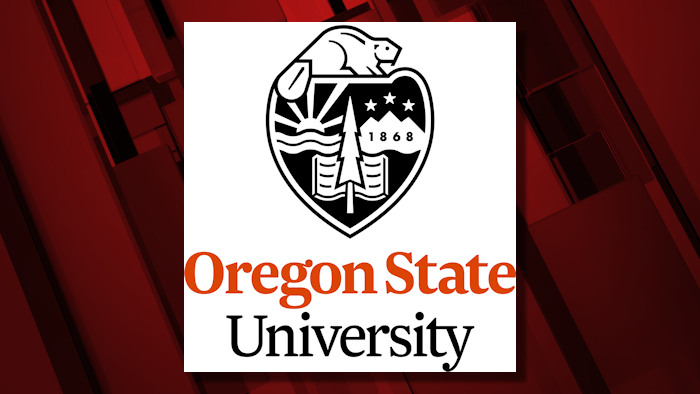OSU, UW receive another $5 million to advance nanotech innovation

CORVALLIS, Ore. (KTVZ) – The National Science Foundation has awarded an additional $5 million to Oregon State University and the University of Washington to continue leading a nanotechnology research partnership that’s already enabled breakthroughs in areas such as glucose monitoring for diabetics, better solar cells, improved battery electrodes and more energy-efficient fiber optic networks.
“This is great news for our universities and great news for the students, scientists, engineers and entrepreneurs who will benefit through easy access to critical nanotechnology facilities and expertise,” said Oregon State’s Greg Herman, head of the School of Chemical, Biological, and Environmental Engineering and the James and Shirley Kuse Chair in Chemical Engineering.
“Continuing to partner with the University of Washington and the other 15 sites in the National Nanotechnology Coordinated Infrastructure is a great opportunity to showcase the investments and expertise that Oregon State has made and developed over the years.”
In 2015, the National Science Foundation awarded OSU and the University of Washington $4.5 million to create and lead the Northwest Nanotechnology Infrastructure partnership, and the latest award funds the partnership for five more years.
“The partnership provides critical nanotechnology infrastructure and educational support to a large user base and serves as a universal resource for stakeholders at the frontiers of research in three principal focus areas,” Herman said.
Those areas are photonic and quantum devices, including optical communication, quantum computing and biosensing; advanced energy materials and devices, ranging from batteries to thin film solar cells; and bio-nano interfaces and systems, from drug delivery to diagnostic sensors and bio-scaffolds.
A large component of the partnership, Herman notes, is outreach aimed at bringing nanotechnology and nanotech research to an array of audiences and users.
“There is a collection of educational activities designed to have a multiplier effect by targeting a ‘K-through-gray’ audience,” he said. “The partnership supports frequent K-12 community outreach, and are also working with regional technical and community colleges, and we’re training tribal educators around the Northwest as part of our effort to expand access to nontraditional and underrepresented students.”
In addition to Herman, the primary OSU researchers in the partnership are Liney Arnadóttir, Joe Baio, Chih-Hung Chang, John Conley, and Zhenxing Feng of the College of Engineering, Todd Miller of the Advanced Technology and Manufacturing Institute and Oksana Ostroverkhova of the College of Science.